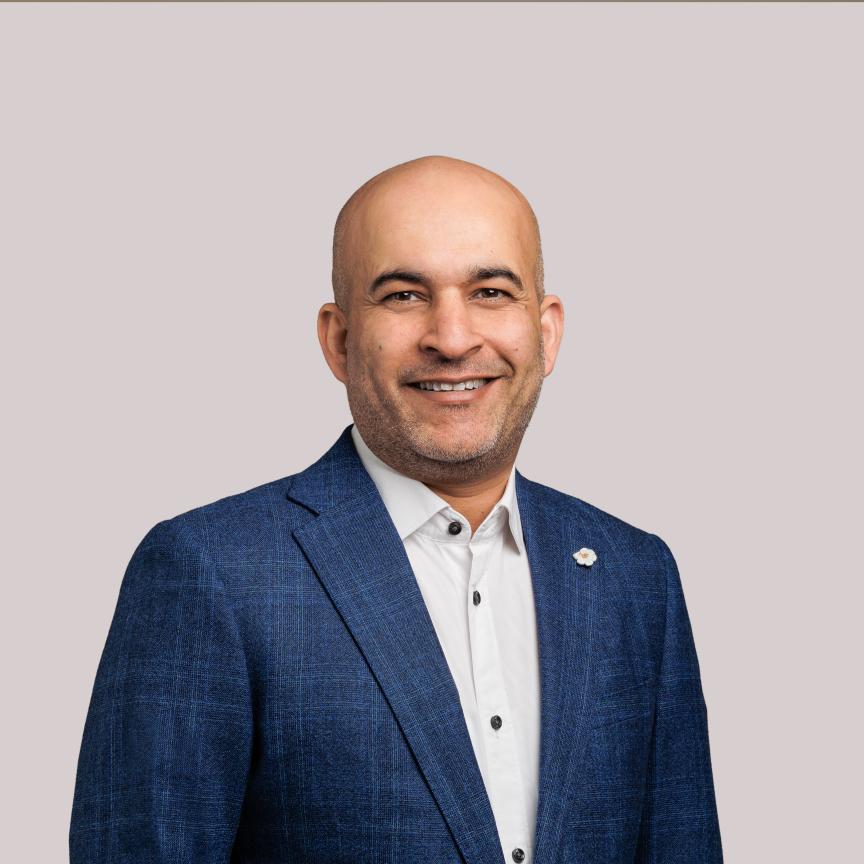Electro Optics talks to previous honoree of The Photonics100 Ernesto Ciaramella, a Full Professor at the Scuola Superiore Sant’Anna University in Pisa, Italy, about his work in optical wireless communications.
What is the next big thing in your area of photonics research?
Optical wireless communications (OWC) is an attractive, emerging area, with a wide range of applications, including short indoor communications, long outdoor communications, and even underwater links. Recently, we have been exploring OWC applications in the space domain. For example, a few months ago we demonstrated OWC intra-satellite links in a realistic satellite mockup. We have also shown the potential of combining OWC with bifocal metrology for rendez-vouz and docking manoeuvres. Today, we are involved in the design of OWC links from Earth to satellites and even to the Moon – areas in which OWC brings the potential of unmatched speed, with hundreds of gibit/s and tens of gigabit/s, respectively.
What do you think the biggest challenges in your area will be over the next year?
In intra-satellite OWC, we plan to further shrink our prototypes and make them more flexible, to support different protocols for onboard communications. Everything that goes on a satellite must be space-qualified and tested thoroughly, but we are already making plans to send prototypes on real satellites. Still, there should be a significant effort to space-grade the devices so that a real mission can be planned.
What is the biggest personal challenge you have overcome?
Working in academia gives you the freedom to take new paths, but you must also become a manager, which takes time out of your research activities. Finding an acceptable balance is crucial. Recently, I’ve been quite surprised to see that many young and talented students are following research hypes, trying to be on a popular – often overcrowded – topic, mostly because it looks trendy. It seems we have forgotten that in the last century, talented and brave researchers were willing to question the prevailing ideas. Thanks to these people we have relativity and quantum mechanics.
What advice would you give to someone embarking on a career in photonics research?
If I look back to my career, I see I have been involved in many different topics. Photonics is rapidly changing and my own area, optical communications, is moving even faster. So, if you want to work in photonics, you should be ready to adapt to changes, possibly anticipating them. This means you should have a solid background and strong motivations, and always be willing to learn about new topics and address new problems.
Who has been the biggest help to you in your career?
I had been in various research organisations before joining academia. In all places, I found researchers, older than myself, willing to share knowledge and give advice. A key role was also played by scientific directors, who have been in charge of creating good environments and giving directions for excellent research. Among them, I can name Professor Benedetto Daino and Giancarlo Prati. Finally, like all people in the Photonic Group at Scuola Superiore Sant’Anna, my career here is linked to the strategic view of Professor Riccardo Varaldo, who 20 years ago, as a rector, sponsored the creation of a new research area in optical communications.
You can make your nomination for The Photonics100 2024 here.


